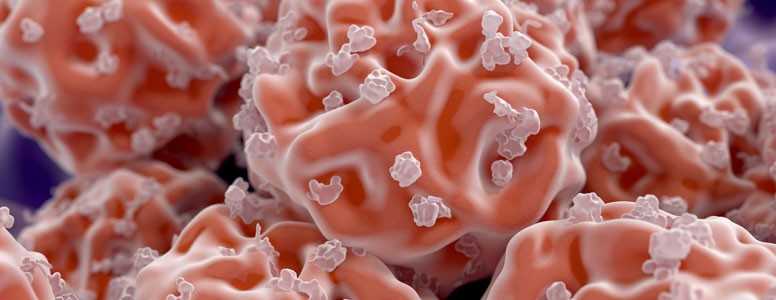A regenerative therapy company, known as Viacyte, just announced that a few patients have successfully been implanted with a pouch of stem cells they manufacture.
The technology is called the PEC-Direct and consists in replacing lost stem cells in patients with type 1 diabetes with new fully functional ones to reconstitute their stock.
It may seem like a straightforward procedure and a possible cure, but the process involves manipulating – though with immunosuppressive drugs – the immune system of these patients and there is always the risk of rejection.
The trial took place at the University of Alberta Hospital in Edmonto, Alberta, and UC san Diego School of Medicine’s Atman Clinical Trials Research Institute.
The scientists trialled and assessed PEC-Direct both for safety and efficacy there and, in the coming months, other centres like the University of Minnesota will do the same.
The name of the game is to collect as much data as possible to understand and document all possible outcomes of using this method to grow or regrow the stem cell population.
The stem cells used are what’s called Human Embryonic Stem Cells (hESC) found in early placental development, not to be confused with placenta-derived stem cells (p-SCs).
The objective with this technology is that these hESC eventually differentiate into stem cell-derived pancreatic PEC-01™ cells and new pancreatic tissue. The whole process can take up to 15 days.
The first cohort of patients who tested it for the first time received the precious stem cells packaged into immunoprotective durable devices, called sentinels, to facilitate their vascularisation and measure their viability.
These can be easily removed at any moment to gather insights as to what stage in their development are the stem cells at, the latest phase being their transformation into insulin-producing cells, of course.
Interestingly though, once implanted and matured, these cells can either be designed to secrete insulin or/and other pancreatic hormones in response to blood sugar changes.
The primary parameter that researchers are looking to improve with PEC-Direct is the insulin production biomarker C-peptide in patients that can’t produce any (insulin) to start with.
Other factors that are being monitored include things like exogenous (outside the body) insulin usage, the incidence of low blood sugars and hypoglycemia unawareness.
PEC-Direct was engineered and is being developed not just for people with type 1 diabetes, but also for insulin users with type 2 diabetes.
There are some barriers to completion of ongoing studies, according to James Shapiro, Director of this trial supported by JDRF, the Clinical Islet Transplant Program.
“The procedure (islet transplants) has limitations, including a very limited supply of donor organs and challenges in obtaining reliable and consistent islet preparations,” Shapiro told Nextbigfuture.
The key features of this technology are providing an unlimited supply of cells for implantation and enabling a more straightforward and safe mode of delivery for the stem cells who are short-lived.
Shapiro added: “A limitless source of human insulin-producing cells would be a major step forward on the journey to a potential cure for diabetes. For sure, this will in the end prove to be a durable landmark for progress in diabetes care.”
What's new on the forum? ⭐️
Get our free newsletters
Stay up to date with the latest news, research and breakthroughs.





